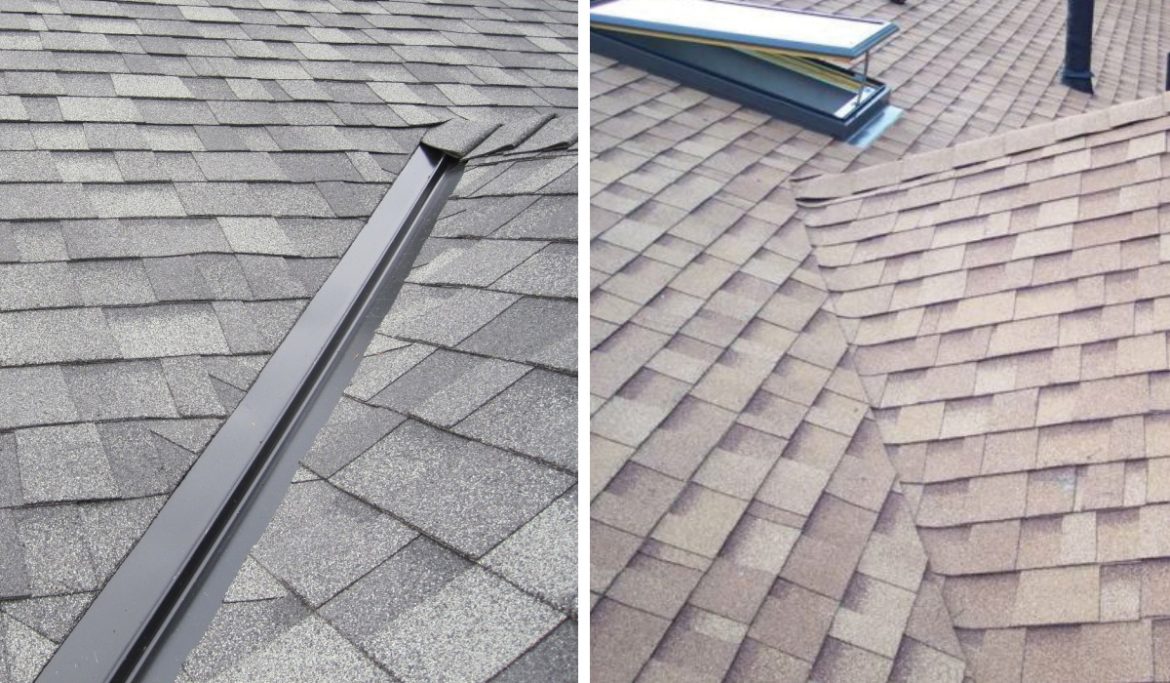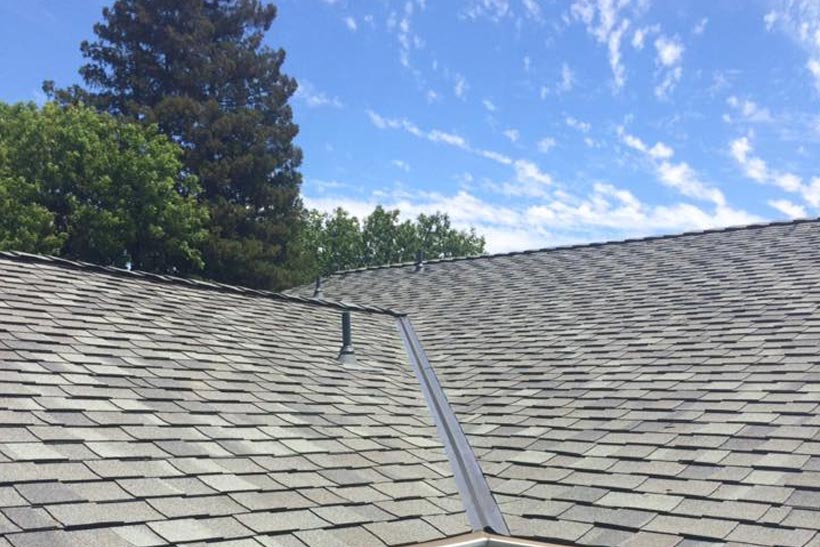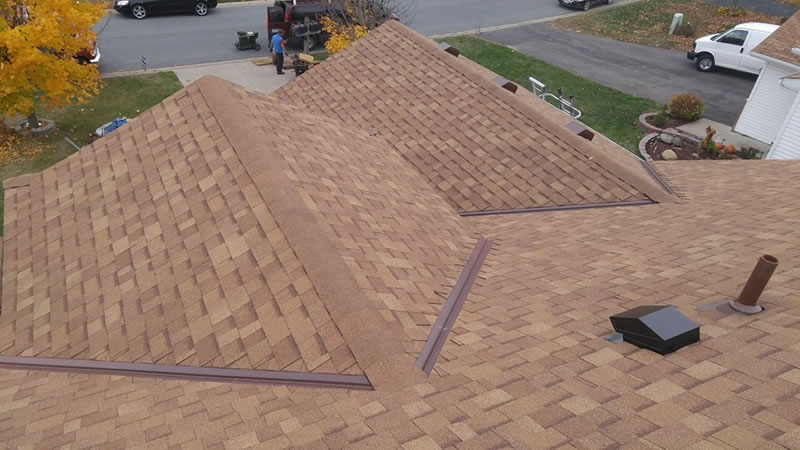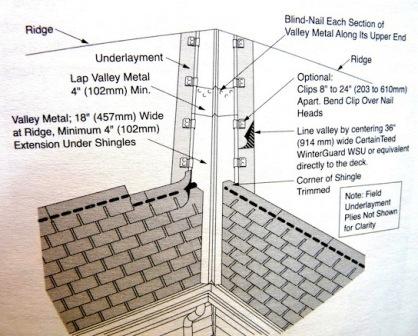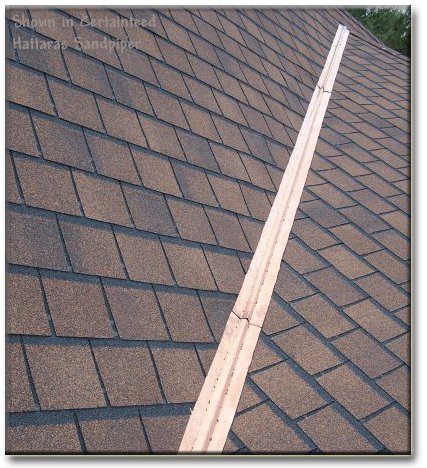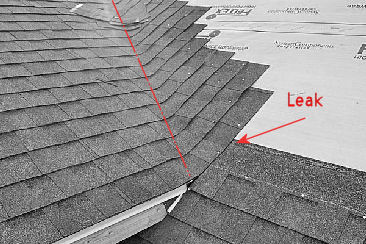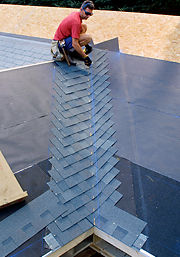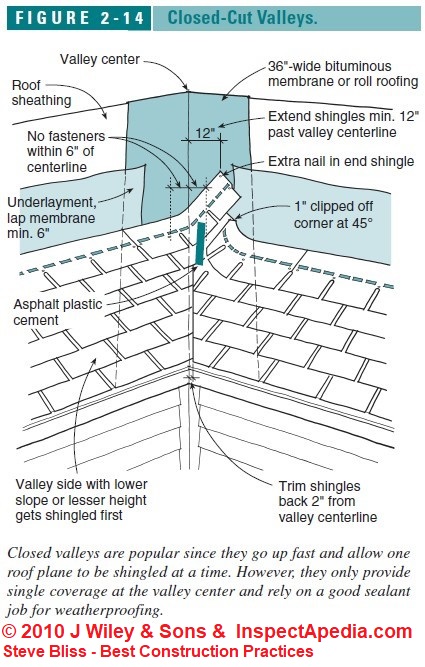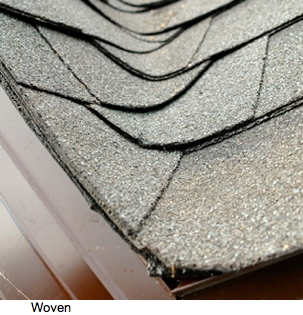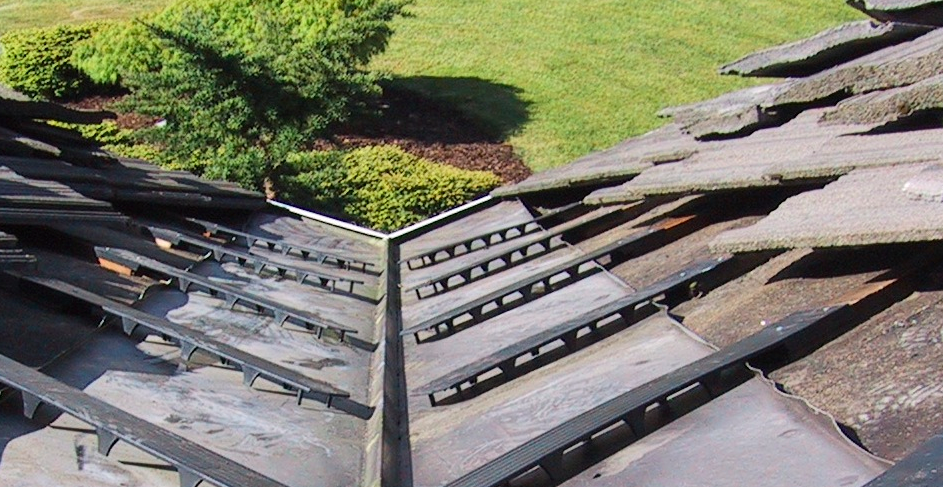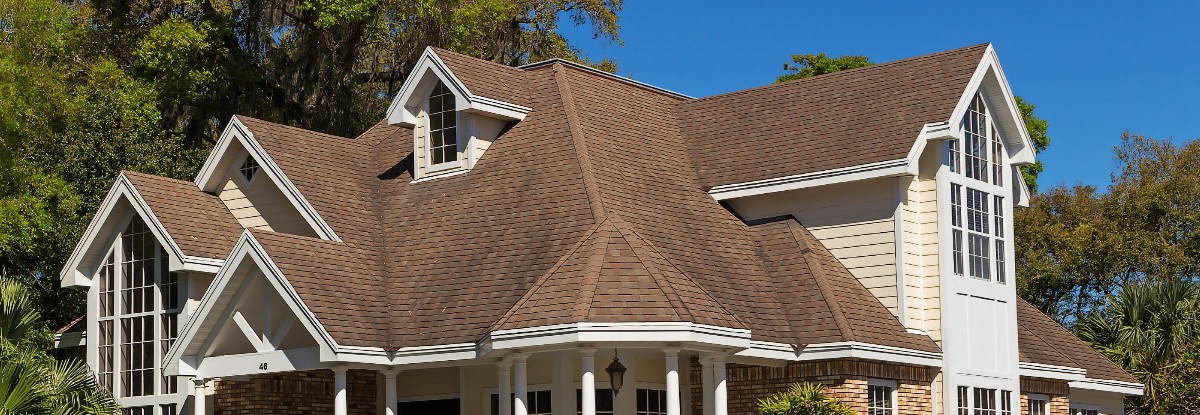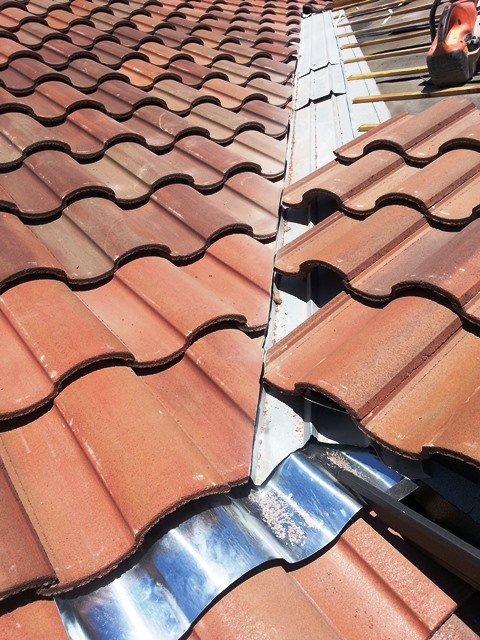The closed cut valleys are cheaper and commonly done in my area but they tend to wear out sooner due to the high volume of water in the valley washing away the protective grit on the shingles there before on the rest of the roof.
Open cut valley roofing.
First clean the debris out of the valley including sawdust nails and whatever else is in there.
When deciding how to shingle a roof valley you will need to consider your materials the climate and the desired look of the roof.
Roofing shingles are installed then cut and sealed where they overlap the metal channel.
Woven closed cut and open.
A chalk line is then used to strike a line from the top of the valley to the bottom of the valley.
There are various techniques you ll need to know for each type of installation which we ll go over in detail.
With a clean valley you can lay down some peel and stick roofing membrane.
In this video we ll flash the valley.
This allows water to fall from the higher slope to the lower slope and prevents it from going under the shingles to the roof deck.
When compared to a closed valley and open valley adds an additional layer of lining.
The shingles are then cut out of the valley area opening the surface of the valley lining to water run off and the environment.
Shingles are cut on the higher slope in a straight line through the valley.
With an open valley a strip of metal will be visible on the roof wherever two opposing roof planes meet.
For an open valley a sheet of metal usually steel sometimes copper is fastened to the roof deck.
I m leaning towards an open metal valley but i ve had contractors disagree saying that the metal expands.
